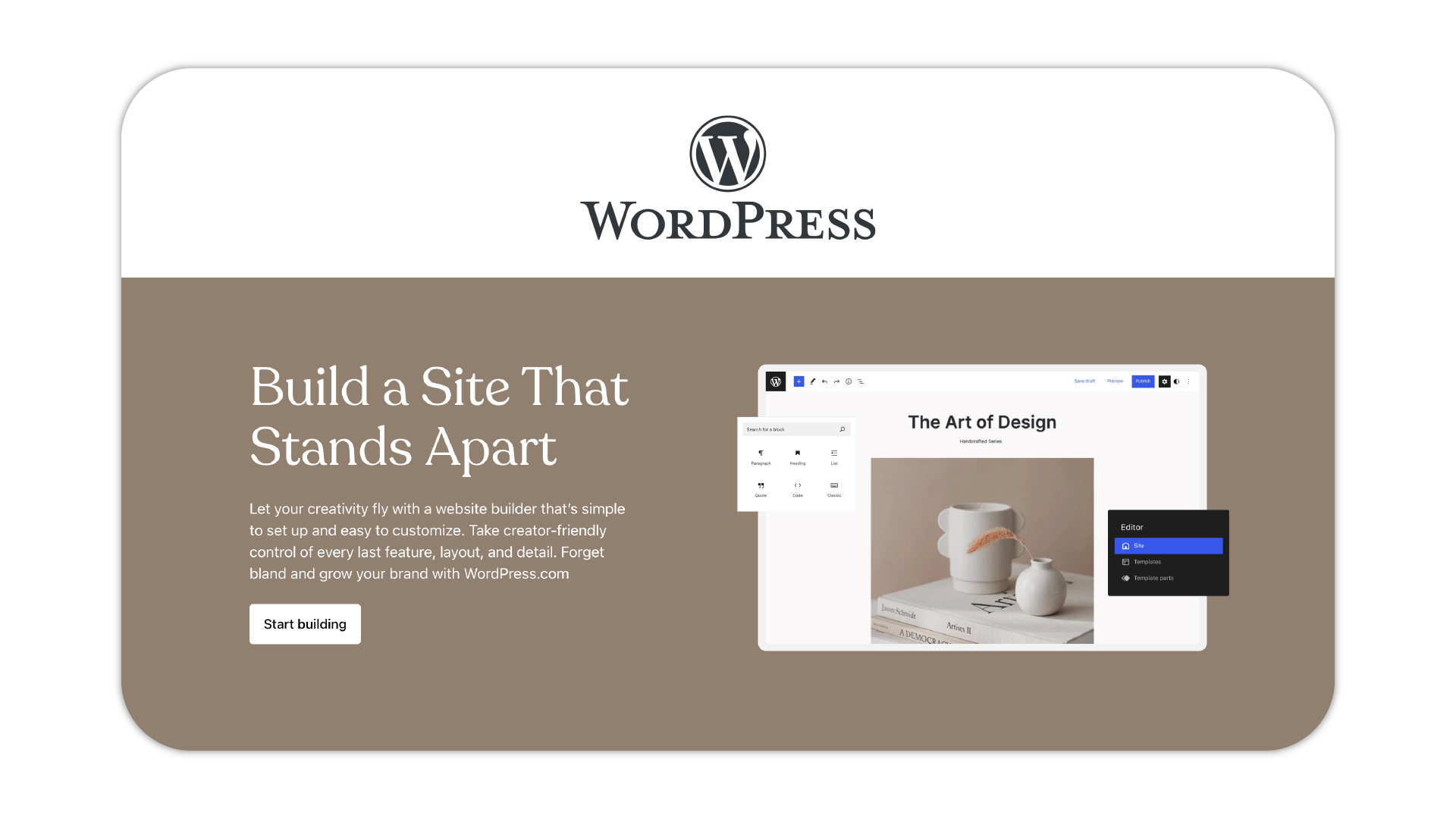In today’s digital age, your website serves as the virtual storefront for your business – it’s often the first point of contact between you and potential customers. Yet, many small businesses underestimate the importance of a well-designed website, missing out on valuable opportunities to attract, engage, and convert visitors. In this blog post, we’ll explore why a good website matters, the critical role of web design in optimizing user interface (UI) and user experience (UX), and provide resources to help small business owners overcome common frustrations and struggles.

Why Your Website Matters
Your website is more than just an online presence – it’s a powerful marketing tool, a showcase for your products or services, and a reflection of your brand identity. Here’s why your website matters:
First Impression: Just like a physical storefront, your website creates a first impression that can make or break a potential customer’s decision to engage with your business. A professional, visually appealing website instills trust and credibility, while a poorly designed one can drive visitors away.
24/7 Accessibility: Unlike traditional brick-and-mortar stores, your website is open for business 24/7, allowing customers to access information, make purchases, and contact you at their convenience. A well-designed website ensures a seamless and user-friendly experience, regardless of the time or device used.
Marketing Hub: Your website serves as the central hub for your digital marketing efforts, including content marketing, social media, email campaigns, and search engine optimization (SEO). An optimized website maximizes the effectiveness of these marketing channels, driving traffic, leads, and sales.

The Importance of Web Design: Optimizing UI and UX
Effective web design goes beyond aesthetics – it’s about creating an intuitive, engaging, and user-friendly experience for your visitors. Here’s how optimizing UI and UX can benefit your business:
Improved Navigation: A well-designed website features intuitive navigation that guides visitors seamlessly through your content, products, and services. Clear menus, logical site structure, and prominent calls-to-action (CTAs) ensure visitors can find what they’re looking for quickly and easily.
Enhanced Brand Perception: Your website design is a reflection of your brand identity and values. A cohesive design that aligns with your brand aesthetics, messaging, and personality creates a positive impression and fosters brand loyalty among visitors.
Increased Conversion Rates: A user-friendly website with optimized UI and UX reduces friction and barriers to conversion. By streamlining the checkout process, minimizing form fields, and providing clear CTAs, you can increase the likelihood of visitors taking desired actions, such as making a purchase or filling out a contact form.
Frustrations and Struggles for Small Businesses
Despite the importance of a good website, many small businesses face challenges when it comes to website development and maintenance. Common frustrations and struggles include:
Limited Resources: Small businesses often have limited budgets and manpower to invest in website design and development. Finding affordable and effective solutions can be challenging.
Technical Complexity: Building and managing a website can be daunting, especially for those without technical expertise. Small business owners may struggle with tasks such as domain registration, hosting setup, and website customization.
Lack of Time: Running a business is time-consuming, leaving little time for website updates, content creation, and optimization. Many small business owners find it challenging to prioritize website-related tasks amidst competing demands.
Online Resources for Small Business Owners
Fortunately, there are numerous online resources available to help small business owners start or improve their website:
Website Builders: Platforms like Wix, Squarespace, and Shopify offer user-friendly website builders that require no coding knowledge. These platforms provide customizable templates, drag-and-drop editors, and built-in features for e-commerce, blogging, and more.
Learning Platforms: Websites like Udemy, Coursera, and Lynda offer courses and tutorials on web design, HTML, CSS, and other relevant topics. These resources allow small business owners to acquire new skills and knowledge at their own pace.
WordPress: WordPress is a popular content management system (CMS) that powers millions of websites worldwide. With thousands of free and premium themes, plugins, and resources available, WordPress provides flexibility and scalability for small businesses of all types.
Freelance Marketplaces: Platforms like Upwork, Fiverr, and Freelancer connect small businesses with freelance web designers, developers, and digital marketers. Hiring a freelancer allows small business owners to access expertise and resources on a project-by-project basis, without the overhead of hiring full-time staff.

Conclusion
In conclusion, a good website is essential for small businesses looking to attract, engage, and convert customers in today’s digital landscape. By optimizing UI and UX, small business owners can create a positive and memorable online experience that drives results and fosters brand loyalty. Despite common frustrations and struggles, there are numerous online resources available to help small business owners start or improve their website. Whether it’s using website builders, learning platforms, or hiring freelancers, investing in your website is an investment in the success and growth of your business.
